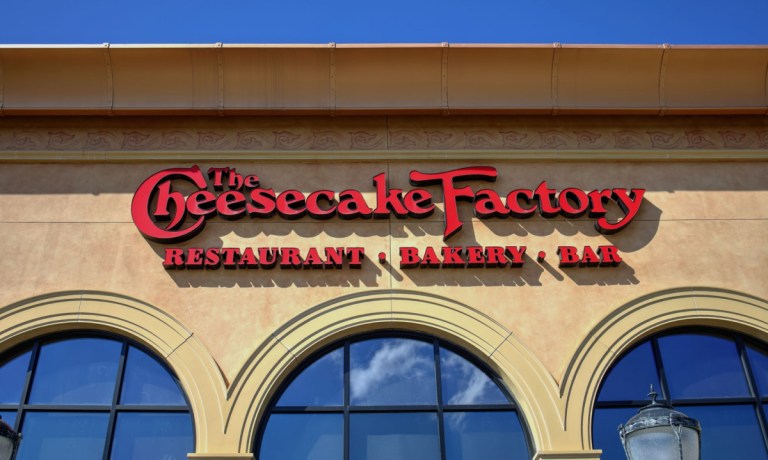
As restaurant prices continue to rise, casual dining brands are seeing consumers pull back.
On a call with analysts Wednesday (Aug. 2) discussing its second-quarter 2023 financial results, The Cheesecake Factory, which has more than 320 restaurants across the U.S. and Canada, spoke to its inflationary challenges.
Executive Vice President and Chief Financial Officer Matthew Clark noted that pricing was up 10.5% year over year, while traffic was down 3.7%, which he attributed not to consumers’ inflation-related habit changes but to the comedown from last year’s ongoing post-COVID surge.
However, PYMNTS data tell a different story. Our survey of more than 2,300 U.S. restaurant customers late last year revealed that roughly a third of consumers have been making purchases from restaurants less frequently amid inflation.
Similarly, casual dining giant Dine Brands, which spans more than 1,700 restaurants around the world, shared on its earnings call Thursday (Aug. 3) that both Applebee’s and IHOP saw a “modest slowdown in traffic,” per CEO John Peyton. Plus, Applebee’s also experienced a slight year-over-year decline in comparable same-restaurant sales.
However, it seems that Dine Brands is quicker to attribute these challenges to inflation, given that the company’s response has been to step up its discounting efforts.
“Applebee’s in particular was nimble and quickly reacted to what it saw, in terms of a little bit of a soft traffic,” Dine Brands CEO John Peyton said. “They doubled down on their promotion activity … and it seems [to have had] a positive effect on traffic as the quarter progressed.”
Certainly, as restaurant prices rise, demand for discounts is up. Consumer Price Index (CPI) data from the U.S. Bureau of Labor Statistics (BLS) show that full-service restaurant (FSR) prices are up 6.2% year over year, lower than the 7.8% inflation rate for limited-service eateries but above the overall food inflation rate of 5.7%.
PYMNTS research for the Connected Dining series reveals that, as menu prices rise, consumers are seeking more discounts. In fact, 40% of consumers reported that they had received a discount on a meal from an FSR at least once in the last 30 days.
“When we invite a guest in for our LTO [limited-time offer], they typically spend more in addition to what they are there for with the LTO,” Peyton noted. “It’s obviously a traffic driver, but it’s also driving incremental check.”
Additionally, amid inflation, visits to eateries are down. Our surveys revealed that, at the start of this year, two-thirds of consumers reported having made restaurant purchases in the last month. As of June, however, that share was down to 58%.
Plus, the same series of surveys found that the amount consumers are spending at restaurants is falling. At the start of this year, the average cost of a person’s last restaurant purchase was $25.40, while in June that had declined to $24.30, even as menu prices continued to rise.
Moreover, restaurants’ super fans are pulling back. In June, just 7.4% of consumers reported making purchases from restaurants three times a week or more, down from 8.6% in January.